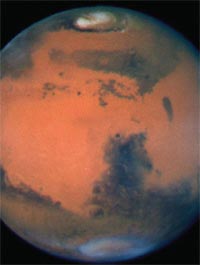
LONDON (TIP): Tiny single-cell organisms discovered living underground could help dispose off hazardous nuclear waste, scientists say. Although bacteria with wasteeating properties have been discovered in relatively pristine soils before, this is the first time that microbes that can survive in the very harsh conditions expected in radioactive waste disposal sites have been found. The disposal of nuclear waste is very challenging, with very large volumes destined for burial deep underground.
The largest volume of radioactive waste, termed ‘intermediate level’, will be encased in concrete prior to disposal into underground vaults, researchers said. When ground waters eventually reach these waste materials, they will react with the cement and become highly alkaline. This change drives a series of chemical reactions, triggering the breakdown of the various ‘cellulose’ based materials that are present in these complex wastes.
One such product linked to these activities, isosaccharinic acid (ISA), causes much concern as it can react with a wide range of radionuclides – unstable and toxic elements that are formed during the production of nuclear power and make up the radioactive component of nuclear waste.





Be the first to comment